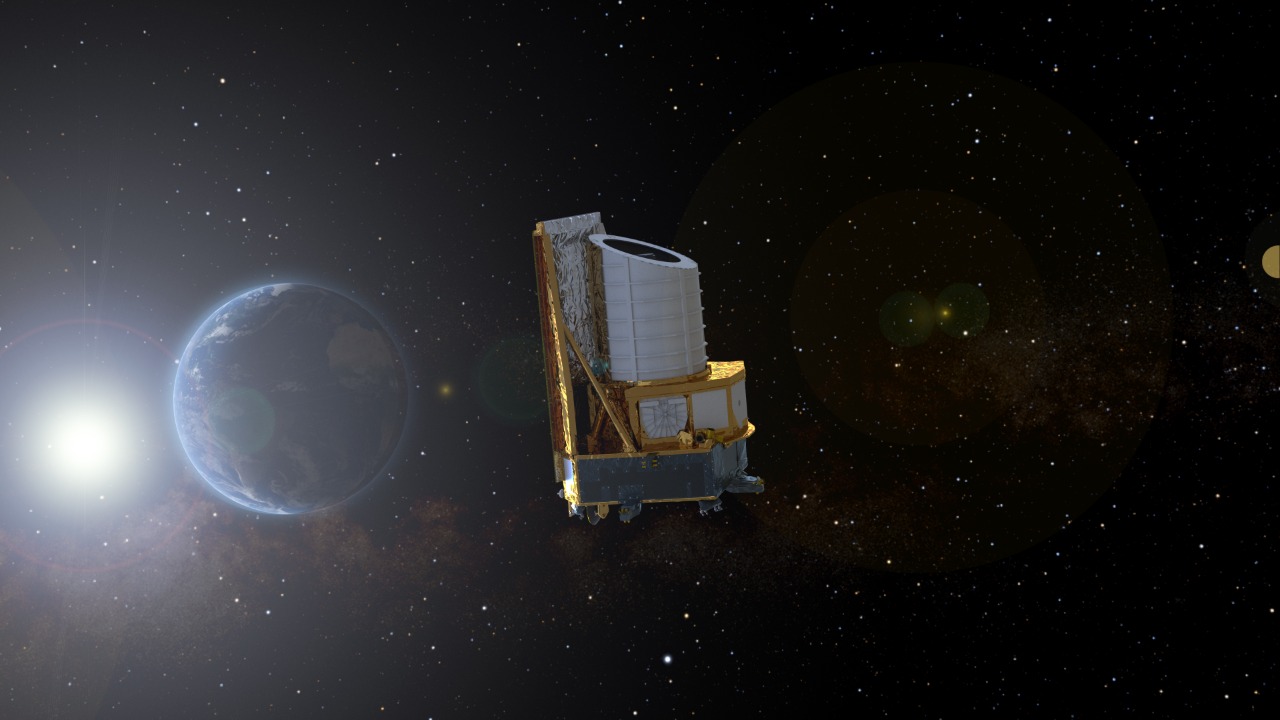
The European Space Agency’s Euclid mission has recently unveiled a startling observation: the universe is gradually running out of stars. This revelation, published on November 11, 2025, suggests a future scarcity of new stars, painting a picture of the universe becoming ‘colder and deader’. This groundbreaking discovery challenges previous models of cosmic evolution, highlighting an accelerating slowdown in stellar activity across vast cosmic structures.
Euclid Mission Overview
The primary objective of the Euclid space telescope, launched by the European Space Agency, is to map the universe’s large-scale structure and investigate the mysterious dark energy. This is achieved through wide-field imaging and spectroscopy. Euclid’s key instruments include the Visible Instrument for the Universe (VIS) for high-resolution imaging and the Near-Infrared Spectrometer and Photometer (NISP) for redshift measurements. These instruments enable precise observations of distant galaxies, providing invaluable data for the study of cosmic evolution.
Euclid’s survey strategy covers over 15,000 square degrees of the sky, focusing on billions of galaxies. This vast coverage allows the mission to trace cosmic expansion and matter distribution, offering a comprehensive view of the universe’s structure and evolution.
The ‘Colder and Deader’ Observation
Euclid’s early data releases have revealed a chilling observation, aptly described as the universe becoming ‘colder and deader’. This phrase captures the observed cooling and diminished activity in the universe’s star-forming regions. The evidence points to reduced star formation rates in distant galaxy clusters, showing a marked decrease compared to earlier cosmic epochs. This decline in stellar activity is revealed through Euclid’s infrared observations, providing a stark contrast to previous models of a vibrant, star-forming universe.
Supporting this observation are spectroscopic data, including redshift measurements that indicate a slowdown in gas accretion fueling new stars. This suggests that the universe’s star-forming gas reserves are being depleted, contributing to the decline in star formation.
Mechanisms Behind Declining Star Formation
Several mechanisms are believed to be behind the declining star formation. One key factor is the role of dark energy in accelerating the universe’s expansion. As the universe expands, the density of star-forming gas is diluted over time. This inference is drawn from Euclid’s mappings, which show a decrease in the density of star-forming regions.
Another contributing factor is the feedback processes from supermassive black holes in galaxies. These black holes heat the interstellar medium, suppressing star birth. This phenomenon is evidenced by Euclid’s resolved images of galactic cores, which show heated regions around supermassive black holes.
Furthermore, the exhaustion of primordial hydrogen reserves is also a significant factor. Euclid’s wide-field data show fewer irregular galaxies, which are indicative of active starbursts, in the observable universe. This suggests that the universe’s hydrogen reserves, the primary fuel for star formation, are running out.
Implications for Cosmic Evolution
Euclid’s findings have significant implications for our understanding of cosmic evolution. The data suggest a revision of timelines for the universe’s stellar lifecycle, projecting a peak in star formation that occurred billions of years ago. This means that the universe is transitioning from a star-dominated era to a darker future, with fewer stars being formed.
Euclid’s observations also show that the fraction of quiescent galaxies is increasing with lookback time. This indicates a shift in the universe’s composition, with active, star-forming galaxies becoming less common. Additionally, fewer stars mean reduced synthesis of heavier elements essential for planetary systems, potentially affecting the formation of future planetary systems.
Comparing Euclid’s Data to Prior Surveys
When compared to previous surveys, Euclid’s data provide a more comprehensive view of the universe’s evolution. For instance, while the Hubble Space Telescope has provided invaluable data on the universe, Euclid’s deeper near-infrared capabilities reveal fainter, more distant structures. These structures show the decline in star formation more clearly, providing a more detailed picture of the universe’s evolution.
Complementary data from the James Webb Space Telescope align with Euclid’s findings, detecting suppressed star formation in high-redshift universes. However, the James Webb Space Telescope extends to earlier epochs, providing a broader view of the universe’s history. Euclid’s larger survey volume, on the other hand, provides statistical robustness, reducing uncertainties in measuring the cosmic star formation history.
Future Prospects and Ongoing Euclid Observations
Looking ahead, Euclid is set to release more data, aiming to cover the full survey area and refine models of dark matter influence on star formation. These future data releases will provide further insights into the universe’s evolution and the role of dark energy and dark matter in shaping cosmic structures.
Euclid’s evolving dataset also offers potential refinements to lambda-CDM cosmology, the current standard model of cosmology. This includes tests for alternative theories explaining the observed cosmic slowdown. Furthermore, Euclid’s galaxy maps could be used to predict habitability zones in a star-scarce future universe, offering exciting possibilities for interdisciplinary applications.
More from MorningOverview